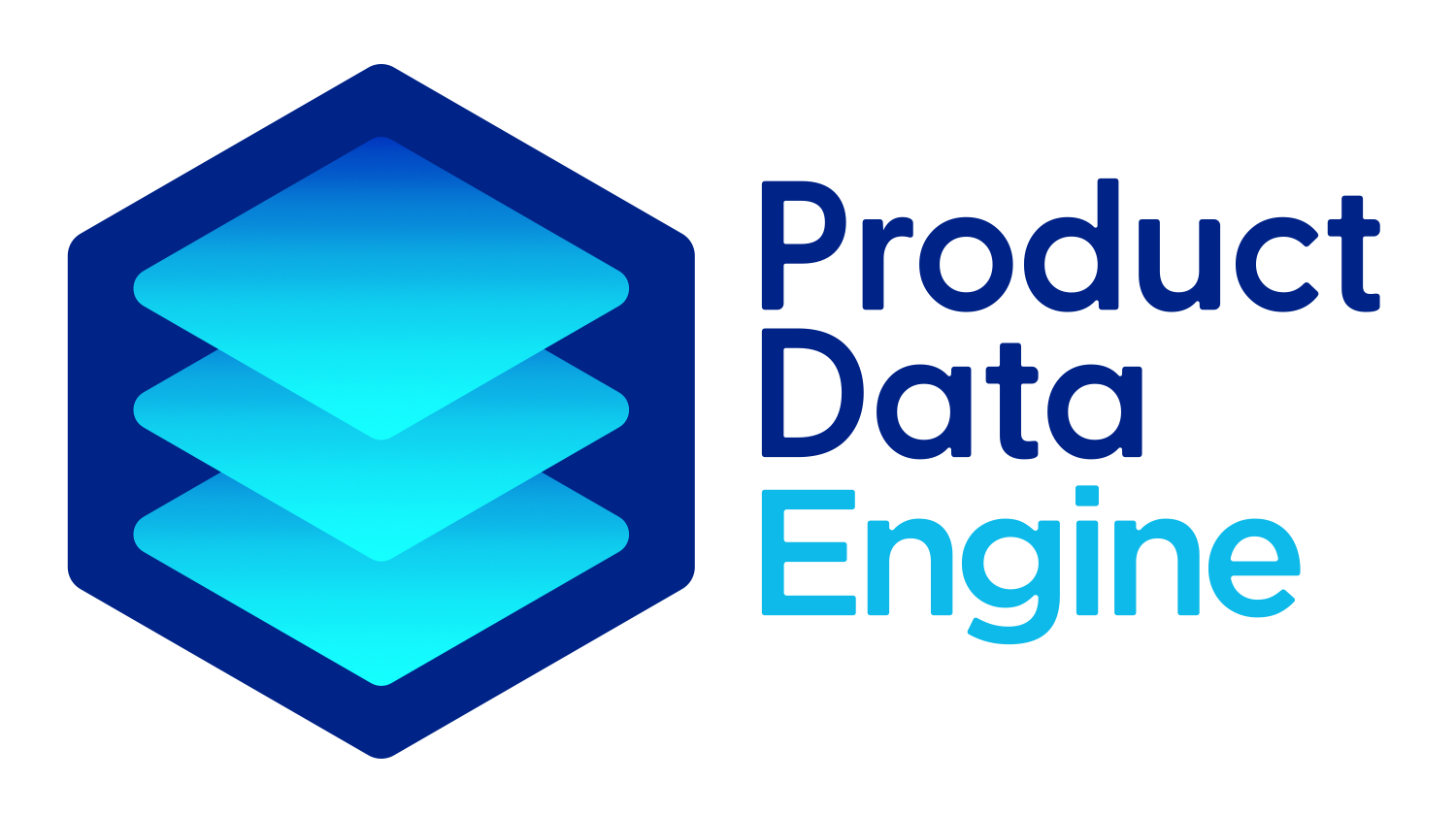
Intelligent Part Numbering Scheme For Busbars
This article outlines how to create an intelligent part numbering scheme for Busbars, and how you can accurately manage this at scale
A busbar is a metallic strip or bar used to distribute electrical power in a building, facility, or equipment. It is made of copper or aluminium and provides a low-impedance path for electrical current to flow. The main purpose of a busbar is to provide a convenient and efficient means of distributing electrical power.
To create a part numbering scheme for Busbars there are several characteristics you might take into consideration. Here are 6 as an example:
- Busbar type: This characteristic could identify the type of busbar, such as “copper,” “aluminum,” or “insulated.”
- Voltage rating: This characteristic could specify the voltage range or rating of the busbar, such as “600V,” “1000V,” or “1500V.”
- Current rating: This characteristic could specify the current carrying capacity of the busbar, such as “400A,” “800A,” or “1200A.”
- Number of phases: This characteristic could specify the number of phases of the busbar, such as “1-Phase,” “3-Phase,” or “4-Phase.”
- Mounting type: This characteristic could specify the mounting configuration of the busbar, such as “Panel Mount,” “Chassis Mount,” or “DIN Rail Mount.”
- Busbar shape or size: This characteristic could identify the shape or size of the busbar, such as “rectangular,” “round,” or “tubular.”
To create the actual part number, you could assign a unique code to each option for each characteristic. For example, you could use an abbreviation for the range (e.g. BU for Busbars) and then for the product line (e.g. C for copper, A for aluminium), and so on. Then, you can combine the codes for each characteristic to form the complete part number. For example, a busbar with the following characteristics:
Copper busbar with 600V voltage rating, 800A current rating, 3-phase, DIN rail mount, and rectangular shape
This might result in a part number that looks like this: BU-C600-800-3-DIN-R
Or for some further examples:
- Insulated aluminum busbar with 1000V voltage rating, 400A current rating, 1-phase, panel mount, and round shape: BU-IA1000-400-1-PNL-R
- Copper busbar with 1500V voltage rating, 1200A current rating, 4-phase, chassis mount, and tubular shape: BU-C1500-1200-4-CHS-T
You can then use this part number as a unique identifier for the busbar in your inventory management system or product catalog.
How can this be done accurately at scale?
PDE is designed to make the definition, management and generation of these part number schemes easy to manage at scale.
Rules for how the product codes should work are entered into the system and then the system can generate the most complicated combinations accurately.
Setting up a the structure of a product series in PDE is straight forward.
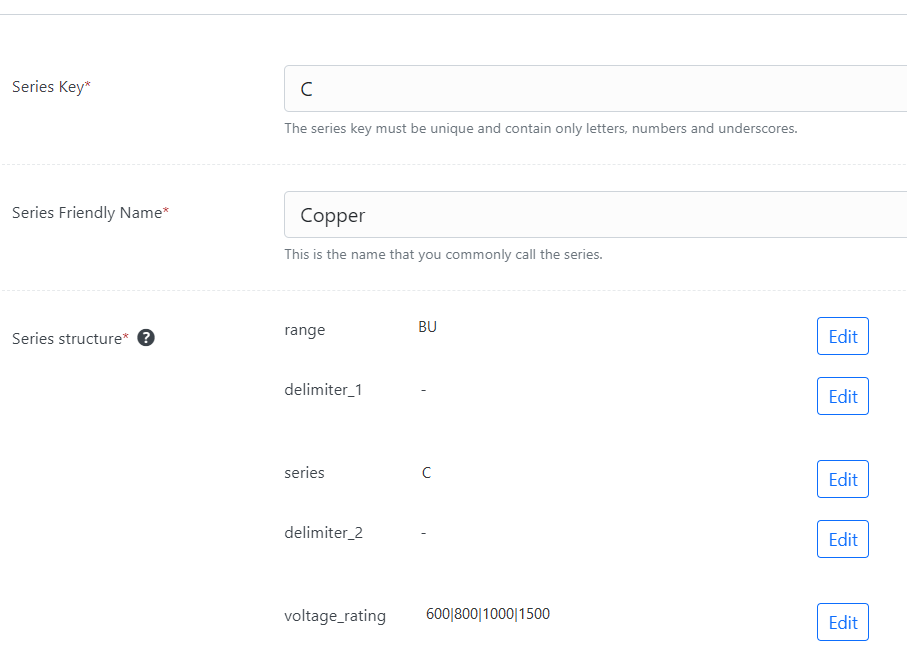
Once you have the structure defined, you can add feature data like voltage rating and control how and where features appear using simple to define rules.
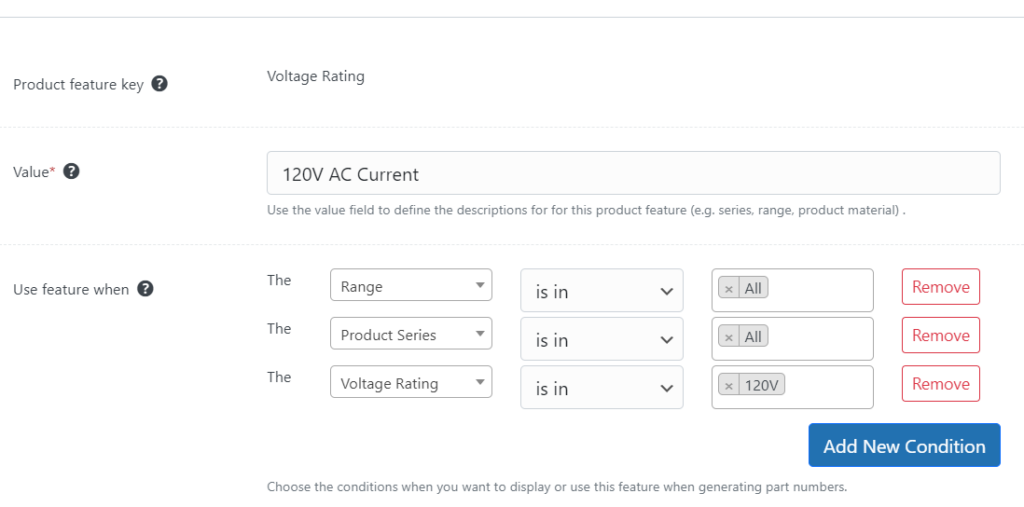
Once you have loaded your data head to the generator.
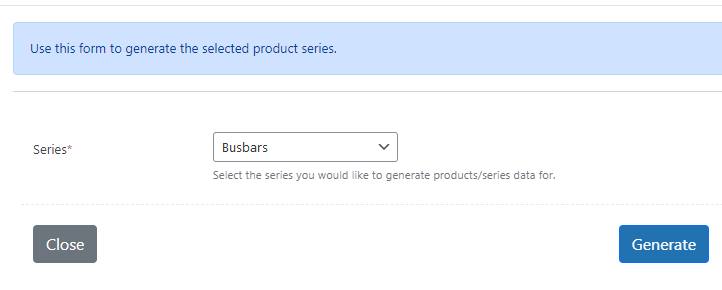
It will take seconds to generate hundreds of accurate web pages, data sheets and series overview.
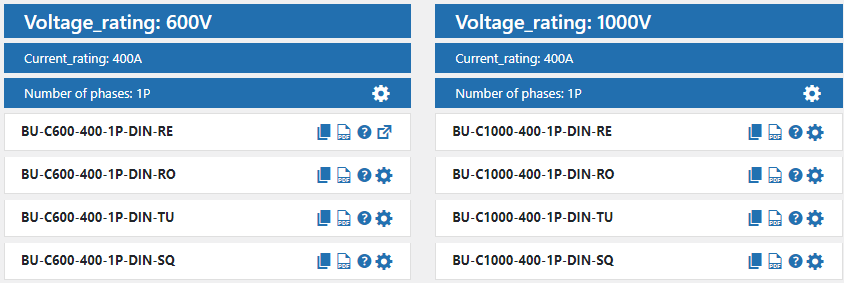
The best way to see if Product Data Engine is a good fit for your requirements is to take a look at our 3 minute product tour. We would love to show it to you and see if it is a good fit.
